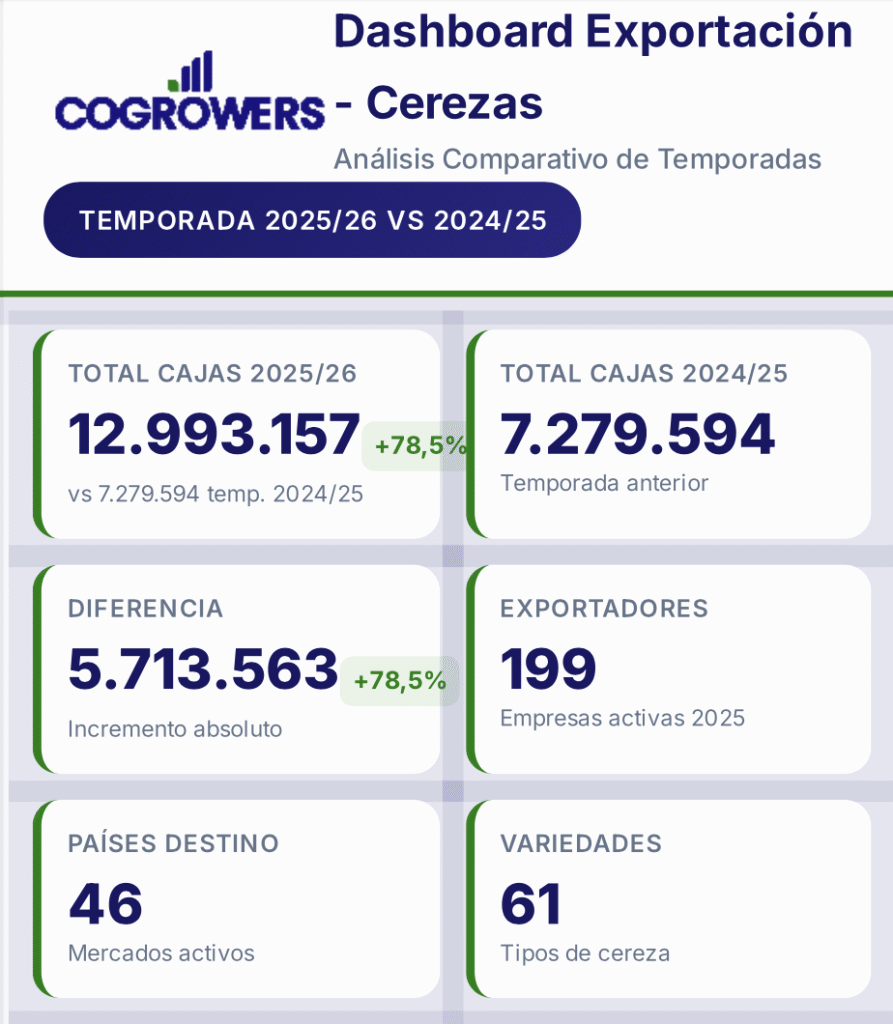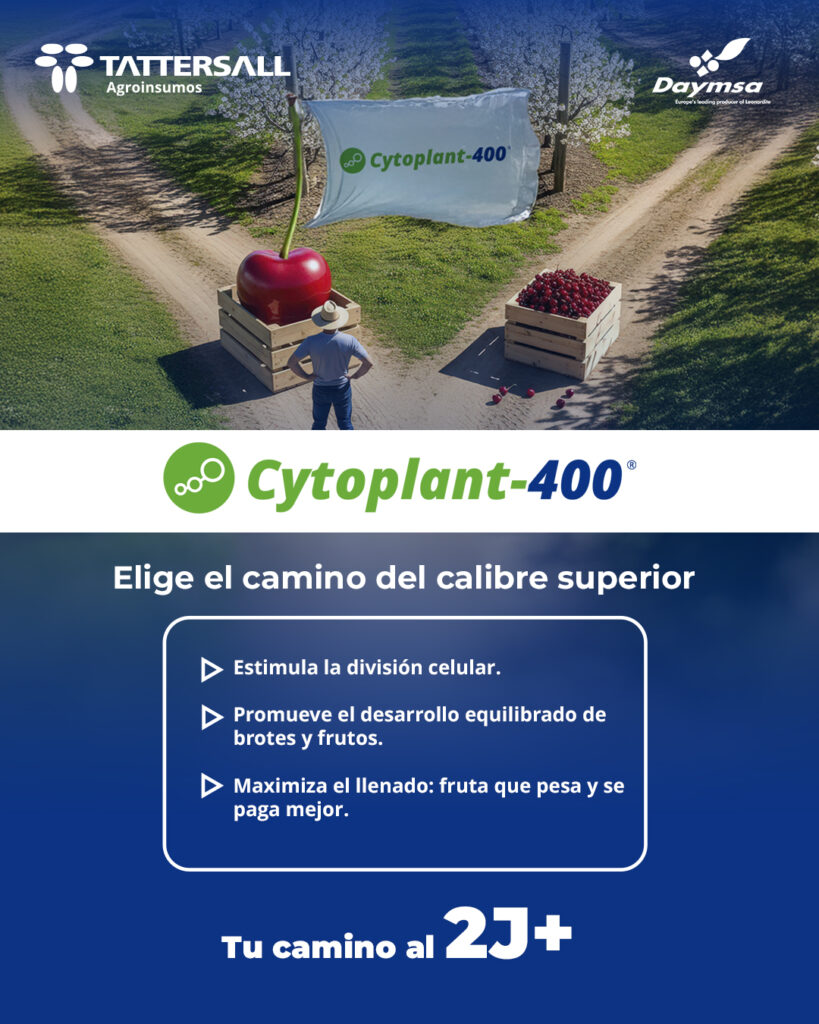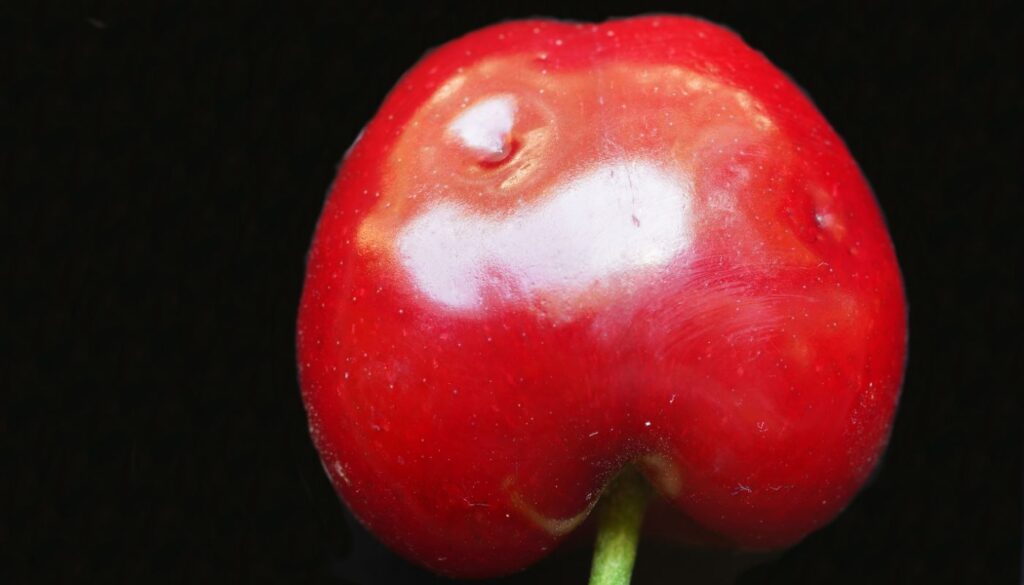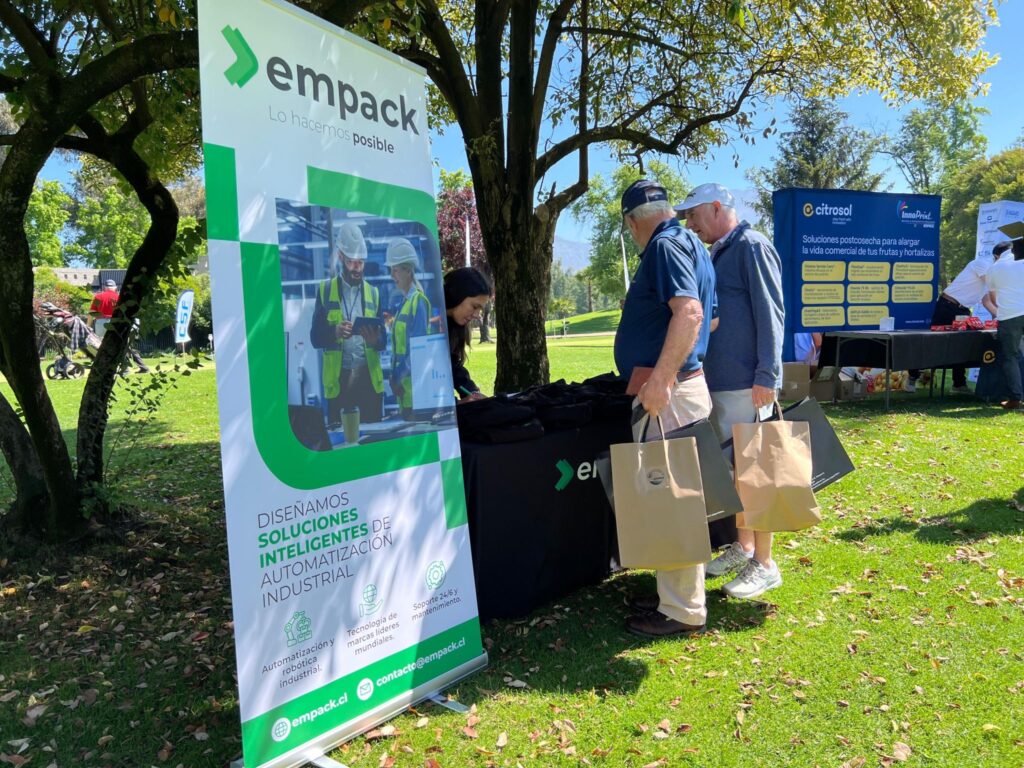Harvest is undoubtedly the most anticipated time of the year, the most intense and stressful, always very compressed and exhausting, and it is also the period where most of the operating costs of farmers are concentrated during the season, especially in cherry orchards. Harvest is also the time when we test the quality of our supervisors, the quality of information generated, their daily management and also their ability to work as a team.
The speed at which this event occurs and the number of elements to be aware of is so large that it is very difficult to use this enormous mass of information generated daily without having a well-trained team and a robust, reliable but easy-to-view analysis system. The consequences of this “uncontrolled” control are ALWAYS monetary losses.
Our experience has shown us that the feelings we hear from producers are always real and have a greater impact than desired on costs and the final value of the fruit (double loss):
- “I have a lot of supervisors and quality controls in the field and at the end of the day I don't know if this expense was justified.”
- “I have few tools to determine who within the contractor crews are good harvesters and who are not.”
- “My quality control departments often react slower than I would like, and worse still, the correction of the detected problem is often late and incomplete.”
- “The information I receive is often verbal or on a crumpled piece of paper and does not match what the plant gives me as a result of the process.”
- “We often pay a lot in exchange for poor quality work and supervision”
Undoubtedly, all these conclusions have had a cost for the field and have reduced the business margin, sometimes by cents per kilo, and often by up to dollars per kilo.
Nowadays it is entirely possible to have quality information to better manage smartphones, control software, NFC systems, QR systems, ERP, etc. However, this data alone is not very useful and requires trained teams and good support so that these huge masses of data are transformed into simple and timely information, so that the team together and in a coordinated manner can carry out improvements aimed at reducing the frequency of errors over time and therefore the magnitude of their economic impact. This is what in other business areas is known as information management or information technology (IT), a challenge for our industry because it means change, a big change: “Information management allows us to confirm or refute intuitions and add data to better understand why we observe what we observe””, a great challenge for our industry, but undoubtedly a great opportunity.
Better information management ensures that businesses navigate rough seas better by improving productivity, team collaboration, process efficiency and resource control.
This seemingly insurmountable problem has solutions that are much simpler than they might seem. A good, systematic work methodology, with the appropriate training and digital tools, can solve many of the big problems.
Compás Agrosistemas was born from this problem in the agricultural industry and over the years we have learned and accumulated practical experience to understand that the better decisions are made in time, the more successful the organization will be. This also allows us to accompany our clients in this change, promoting with them the two main assets of agriculture that is approaching us today: information and equipment.
What value does this fruit have on the ground, how much do I lose by throwing it away and what actions do we take to reduce this loss?
How to use field quality control as a tool for continuous improvement?
Because we have a different system that evaluates it.
We carried out a harvest audit where 60% of the harvesters were observed exceeding the limit of 10 harvestable fruits on the ground (we estimate an average of 20 fruits/real tree) this allows us to project a loss of 700 us/ha, definitely a good opportunity for improvement
| How do we do it? | |
| "We focus on working with those who have the worst indicators, learning from those who have the best indicators." | |









